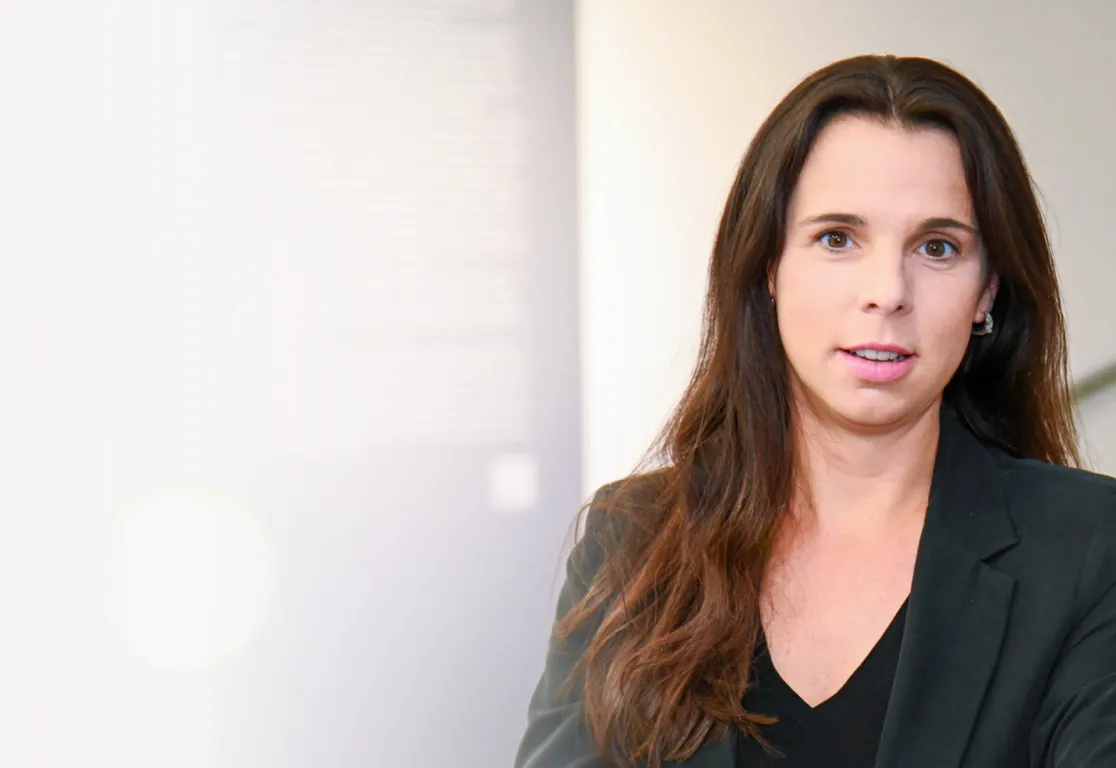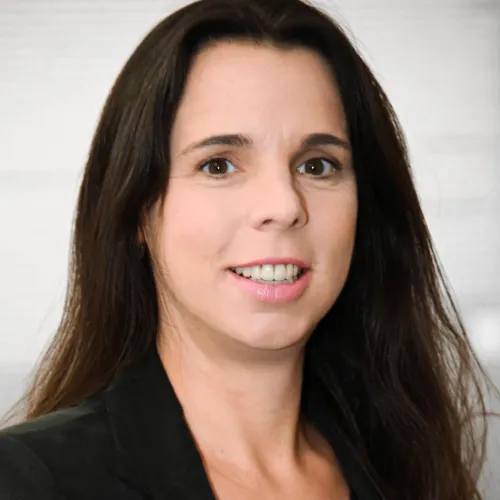Ms. Douqué, what are we going to experience first: climate neutrality or diversity in the boards of German regional banks?
SANDRA DOUQUÉ: Let me put it this way: we still have a long way to go in both respects. But both are indispensable. And both require transformation processes. Basically, I consider both the transformation to a climate-neutral economy as well as the issue of diversity to be opportunities. It’s not only about gender equality. But about more diversity in teams overall – for one simple reason: diverse teams are more successful.
What has prevented a higher level of diversity so far?
On the one hand, the traditional family model is still very present in people’s minds. This may not apply to every savings bank and bank, nor to every size class or region. But we are already noticing in our project work that current career paths are often designed for men. On the other hand, women are more likely to take parental leave. After returning to work, these women often experience a setback in their careers – not least because part-time management roles are still an exception.
What needs to be done in particular to make boards more diverse?
A lack of diversity is simply not yet properly perceived as an issue. About four out of five institutions believe that the status quo is not only normal but also acceptable. Addressing the lack of diversity and raising the awareness of decision-makers is therefore one of our main commitments and the very first step along the way. Only if they deal with this subject will they realize that diversity also entails increased performance and thus benefits. Another aspect is becoming ever more important: looking at the next generation, the industry can no longer ignore half the population. This means addressing the status quo is a prerequisite for change.
To make it more tangible: What could initial measures be? And what could banks do right now?
Let’s take staffing processes as an example. Unconscious biases play a major role here, i.e. unconsciously preferring people who resemble ourselves. In a nutshell: men are more likely to select men for leadership positions, women are more likely to select women. Far too often, staffing is not about skills alone, but about self-similarity. And with 90 percent of banks’ board members in the top 100 banks in Germany being male, the status quo is largely consolidated as a result.
Therefore, as a first measure, we recommend raising awareness of selection teams to their own blind spots, staffing them more diversely and ultimately also setting a gender target for each management level – even if it is only 30 percent at the beginning.
Are you talking about quotas?
Yes, because this is the only way to dissolve the problem of self-similarity. However, we prefer voluntary commitment by the institutions rather than legal requirements. And we trust the market and their own perception. Institutions will simply no longer be able to afford a lack of diversity in the future.
Can you give us any more specific examples?
Of course. Institutions should ask themselves, for example, how they treat colleagues on parental leave. Are they simply excluded or do you keep in touch, maybe make specific offers for professional development during this time as well? Is there a dedicated mentoring program? Or even more simply, do you invite them to the Christmas party or the team outing to keep them in the loop and make it easier for them to return after their break?
In our projects, we discuss a whole range of specific measures and suggestions with clients, adapt them if necessary and then adopt them.
What is promoting more diversity at credit institutions?
The topic of sustainability is currently a top priority for board members. Among many other aspects, sustainability also includes the topic of diversity. So, if you want to be sustainable, you will also have to be diverse.
In addition, board members and HR managers are concerned about the next generation of employees and their own reputation. Where do young talents come from? What impression do I make on the job market and/or in the customers’ region? Banks are no longer as popular as they once were when it comes to choosing a profession. For this reason alone, the industry will no longer be able not to offer adequate opportunities for a professional career to a large proportion of potential managers.
What do you expect from this campaign?
Our campaign is a wake-up call. We want to make the topic of diversity known to banks. It has to become an integral part of their agenda.
Ultimately, we want diversity to become the new normal. Women should not only apply for leadership positions, but also get them as a matter of fact.




